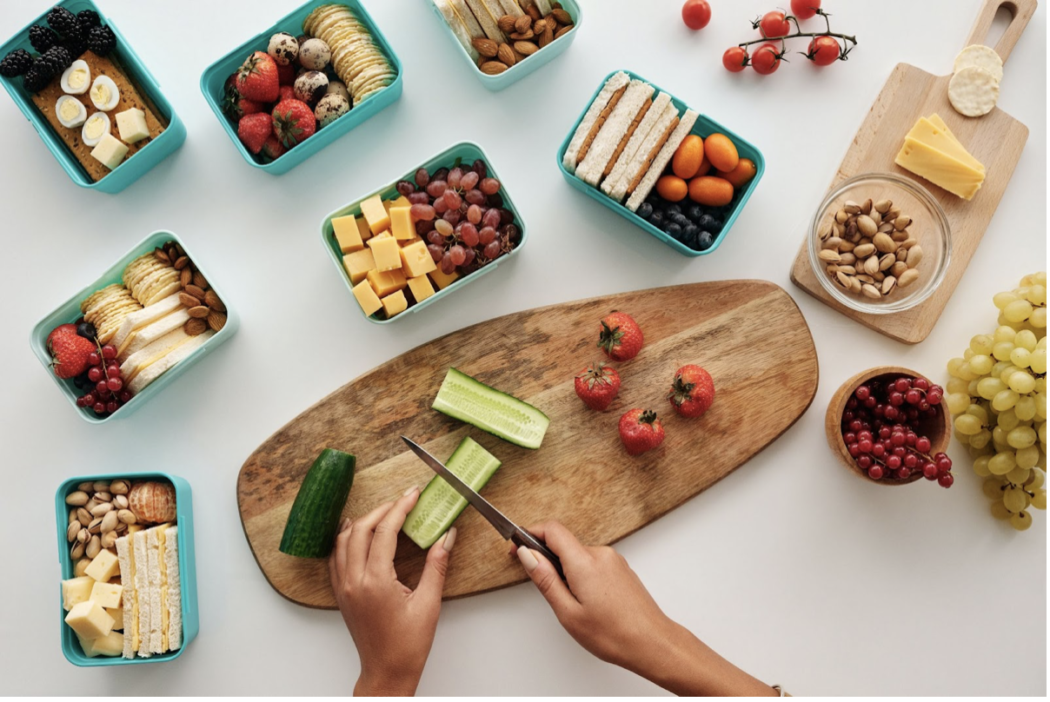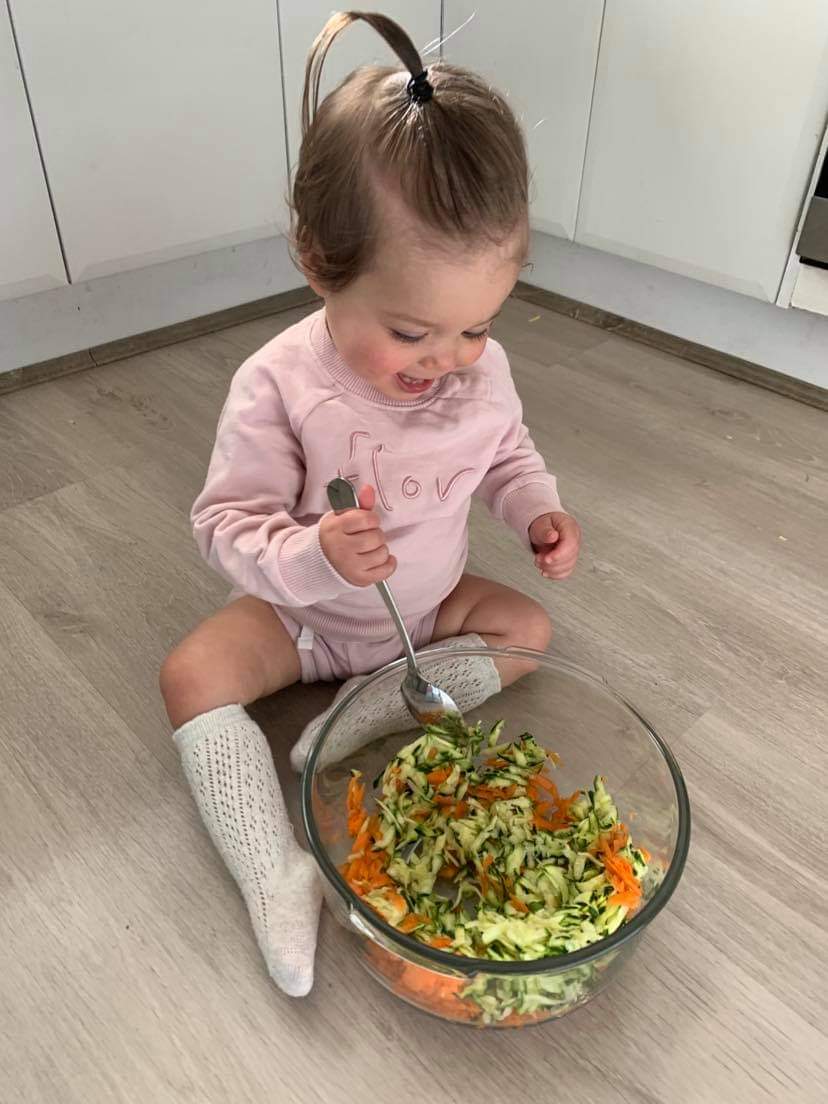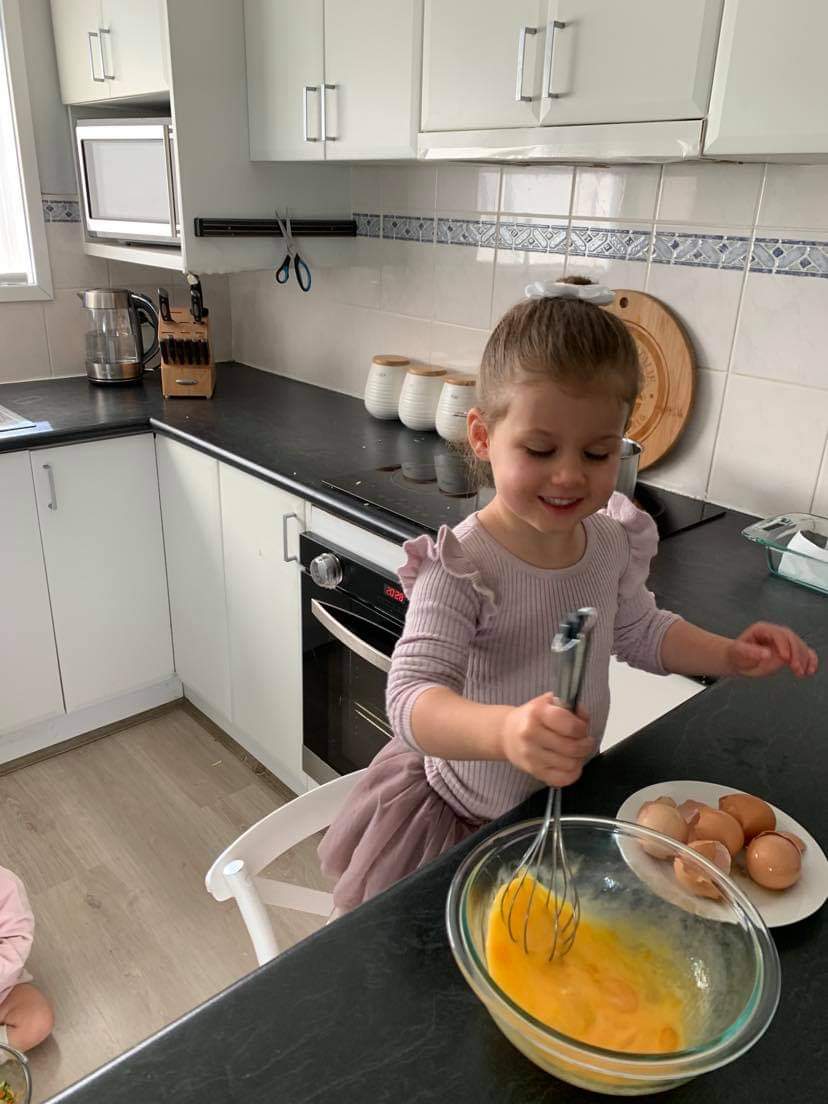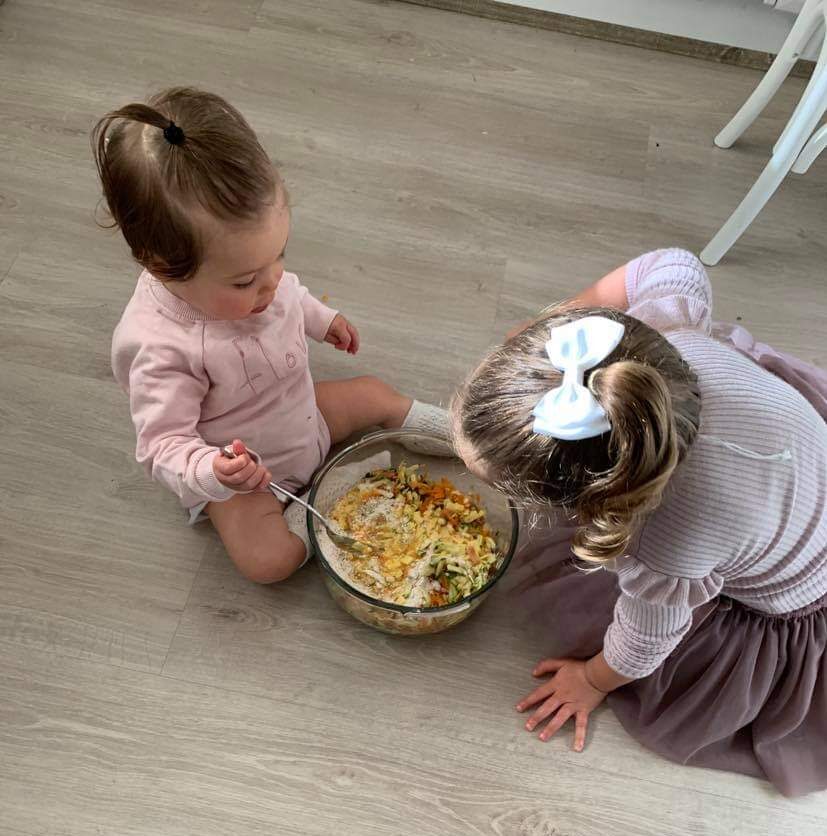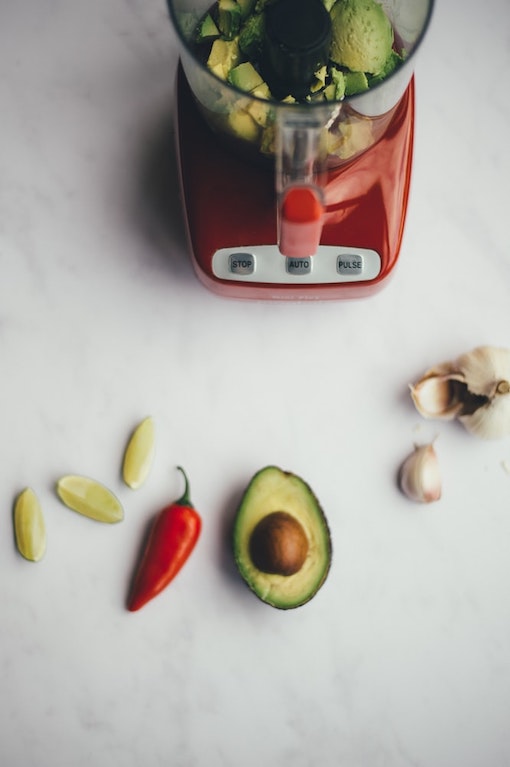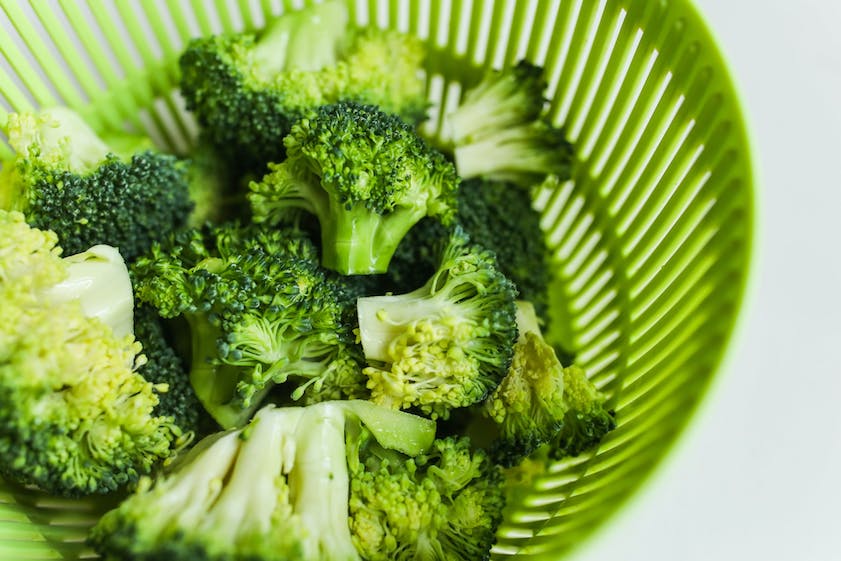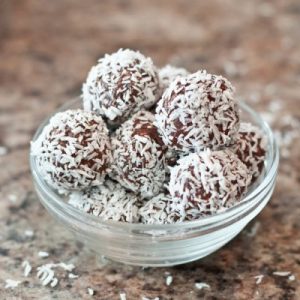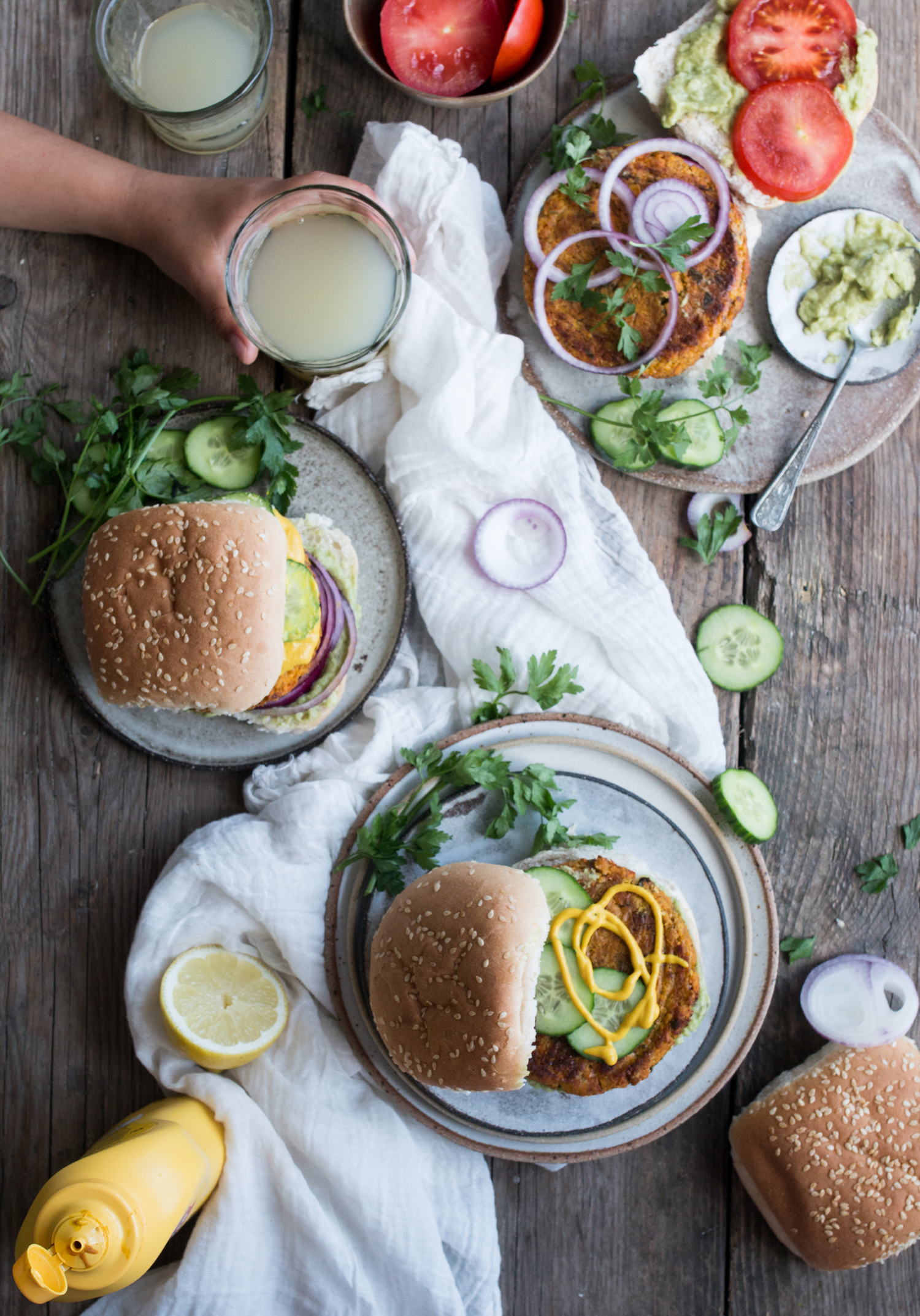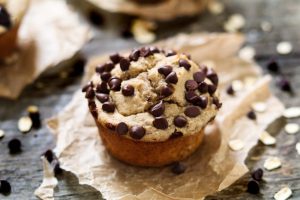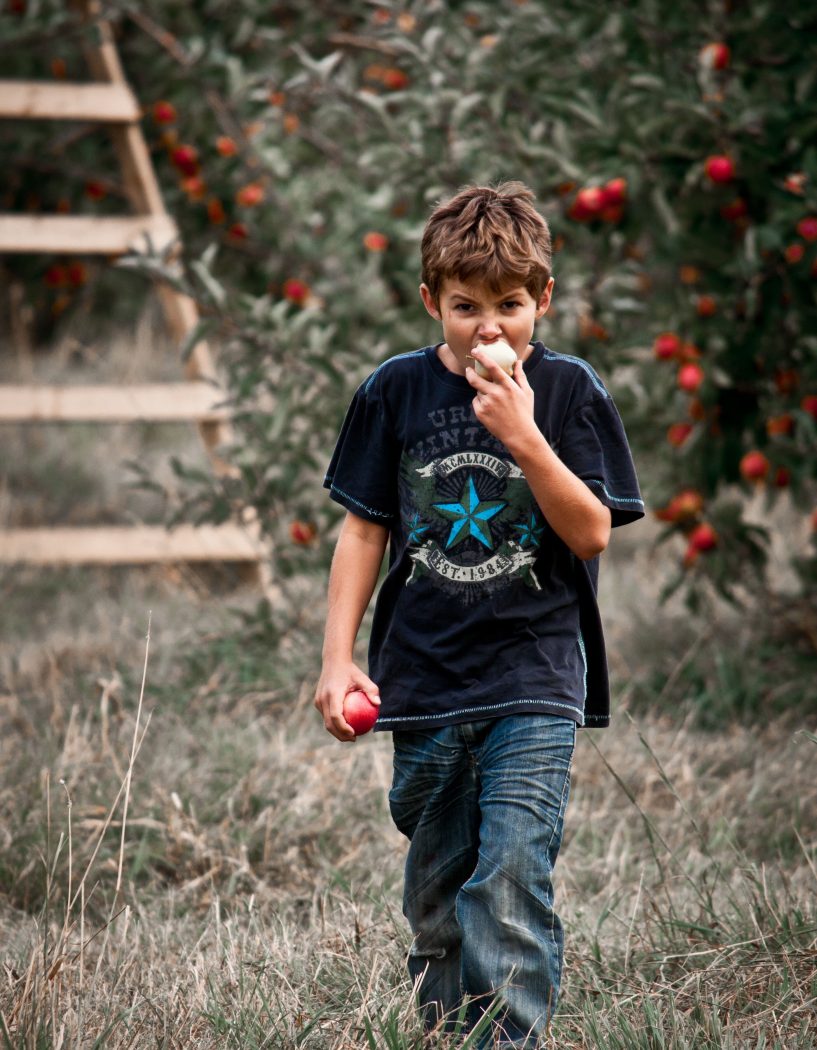The summer holidays are almost at a close, and the back to school rush is fast approaching. It’s a busy time of preparation, buying supplies and packing bags. Save a few moments this January to carefully consider your child’s lunchbox by incorporating these useful tips from JuicedLife.
1. Add colour
The easiest way to bring lunchtime excitement is to incorporate a range of vibrant colours into the meal. Create a rainbow explosion of green, orange, red, yellow and purple through a clever (and very strategic) choice of fresh foods. Encourage eating across the colour spectrum to promote the intake of various phytochemicals and nutrients. Snack-sized, pre-cut fruits and vegetables are easy additions, as are delicious micro-sized juice shots.
To make the process collaborative, consult with your child and consider colour-coded days. Maybe Tuesday could be “red day,” so stock the lunchbox with watermelon, whole cherry tomatoes and spaghetti bolognese sauce. Friday could be “rainbow day,” celebrating and signifying the end of the week. Play around with their favourite colours and engage your children in creating and brainstorming. Try to avoid repetition; keep it exciting!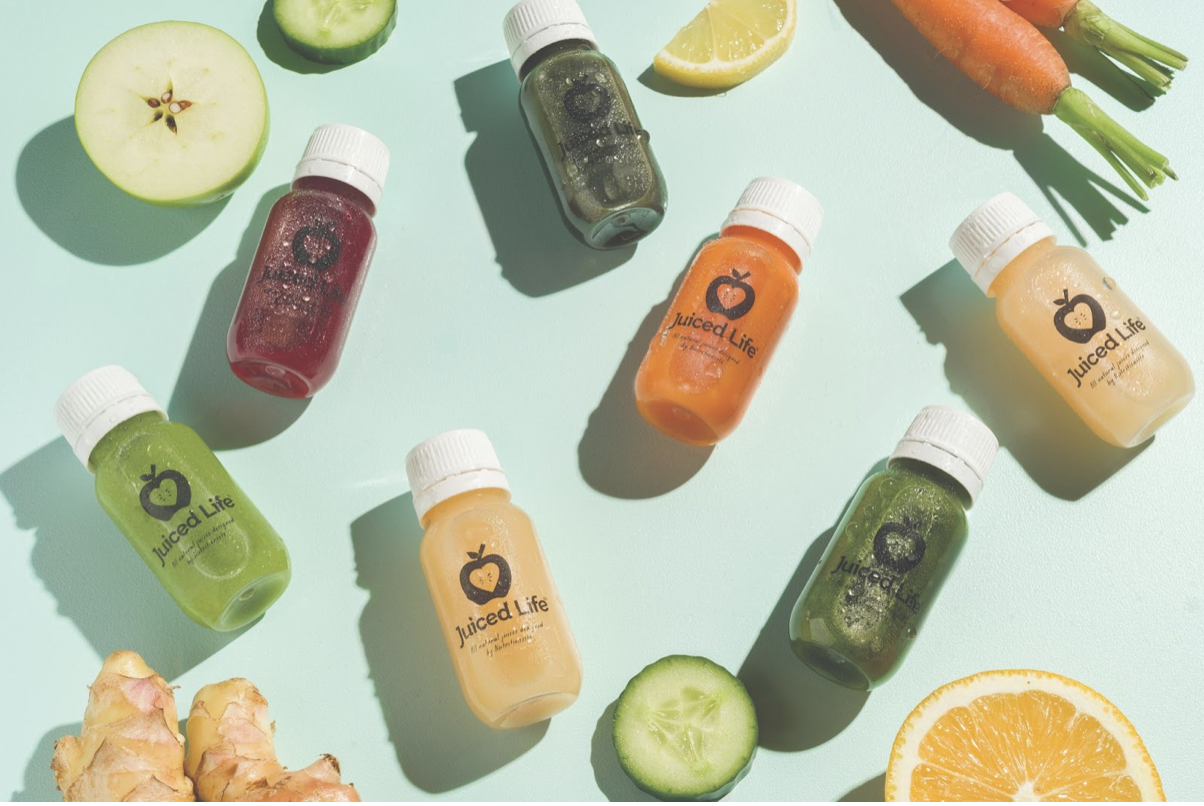
2. Consider all the senses
Taste obviously plays a huge role in guaranteeing your child actually eats their lunch. Make sure you consider the crunch factor at every meal, as this chewing action stimulates satisfaction. Carrots, apples and rice crackers are great examples of healthy crunch.
The perfect lunchbox should incorporate and engage all the senses. Aroma is vital, so consider adding a little rose water or orange blossom to their drinking water for a pleasant lift. Avoid foods that might typically start to smell or go slimy, creating an unpleasant feel or appearance. Most children will eat with their hands, so include elements that are easy to pick up without too much mess and aren’t off-putting to touch. Importantly, ask for their feedback, particularly if they don’t eat something: why did they leave it?
Colour adds to the overall visual appeal, but think about also presenting ingredients in creative ways to boost interest. Roll, wrap, plait and stack elements. Make it fun.
3. Fill up on healthy, energy-boosting ingredients
To keep kids energised and raring to go at school, it’s important to fill up on the good stuff. Fruits and vegetables provide vital energy, vitamins, minerals, fibre and hydration. They aren’t high in protein and fats, though, which are also essential for satiation and overall health.
So, make sure to also include healthy fats and protein, boosting brain health, immunity and physical energy. Don’t over-complicate it – staple additions are ideal, such as hard-boiled eggs, sliced cheese, avocado and lemon juice or olive oil, and pulled chicken.
Avoid the temptation to rely on inexpensive starchy carbs when building your child’s lunchbox. Limit rice, bread, pasta, biscuits, crackers, etc. and instead choose simple and clean whole foods with minimal processing. While they are easy to reach for in the supermarket, they lack the health benefits and satiation required.
4. Choose convenience (without sacrificing health)
A healthy lunchbox shouldn’t come at the cost of your time and sanity – there are plenty of simple solutions that are low on preparation but high in nutritional value.
Smoothies are a great and easy option for sustained energy, whether made at home (including various fruits and vegetables) or purchased from a health conscious vendor. Juices and smaller juice shots provide an extra boost and also enhance the lunch experience with a wide range of colours and textures. Protein balls and snack bars are perfect fillers and much-liked by kids, offering a little dose of natural sweetness without spoiling their appetite for the next meal.
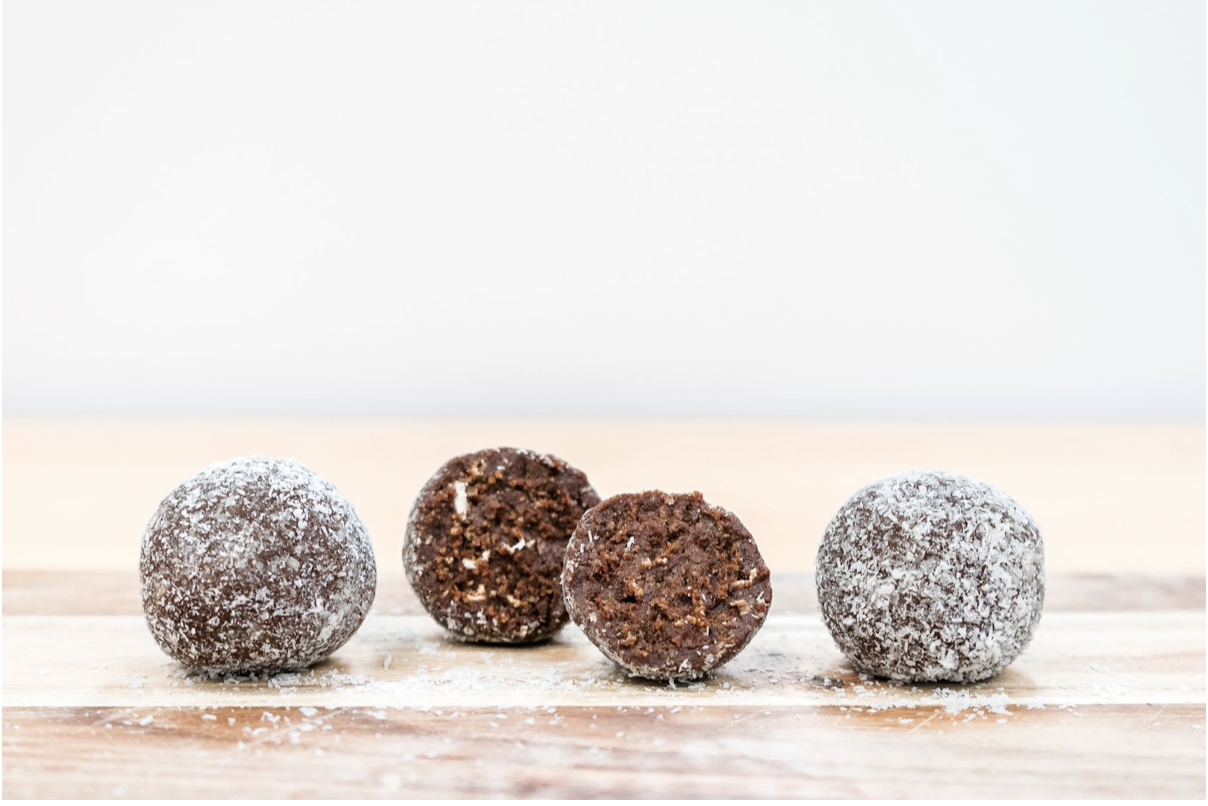
Other great snack options can be made from the leftovers sitting in your fridge or pantry. Additional protein hits are great morsels to include, but also consider slices of tray bakes from the previous nights’ dinner or muesli pressed into balls or bars.
Most importantly, have fun with your lunchbox ideas. Explore hacks on Instagram, experiment with your child and kickstart a colourful, delicious and nutritious plan for 2022.



